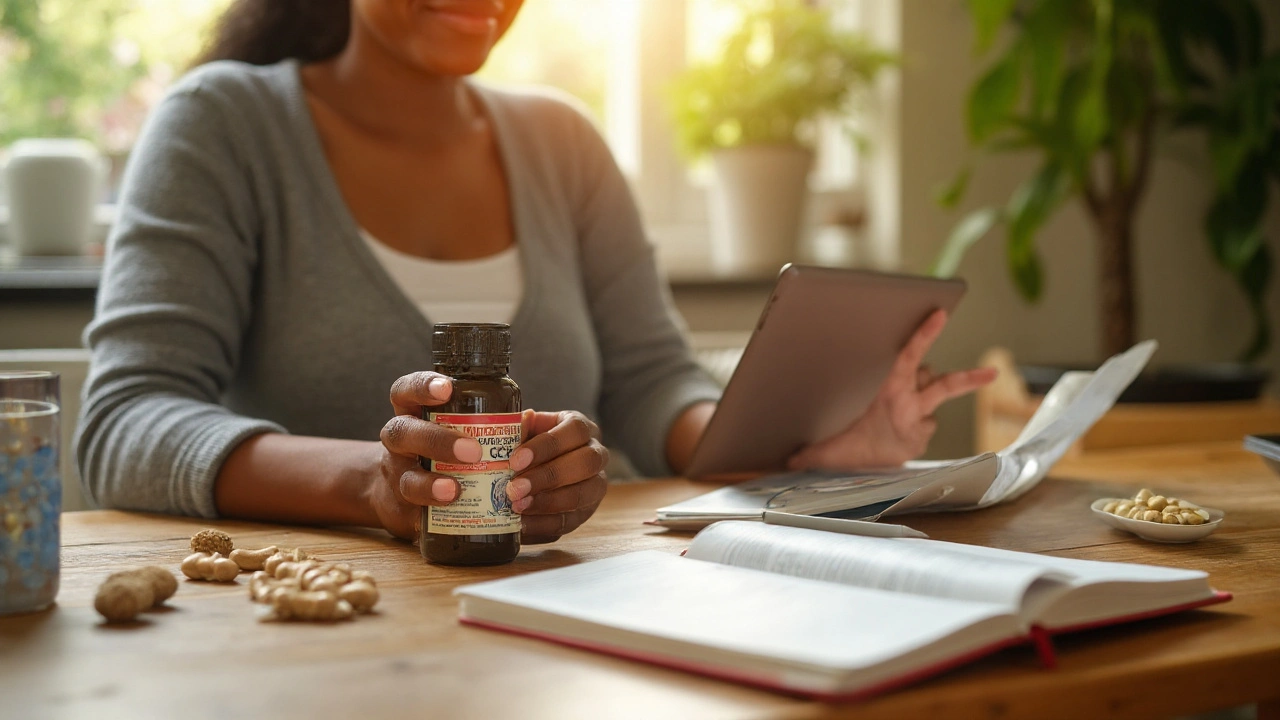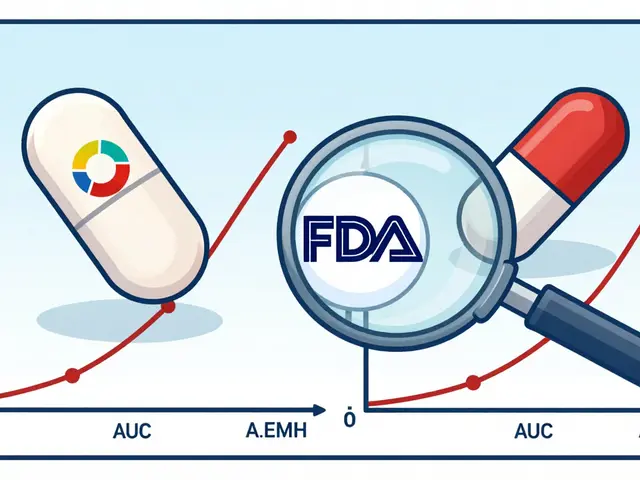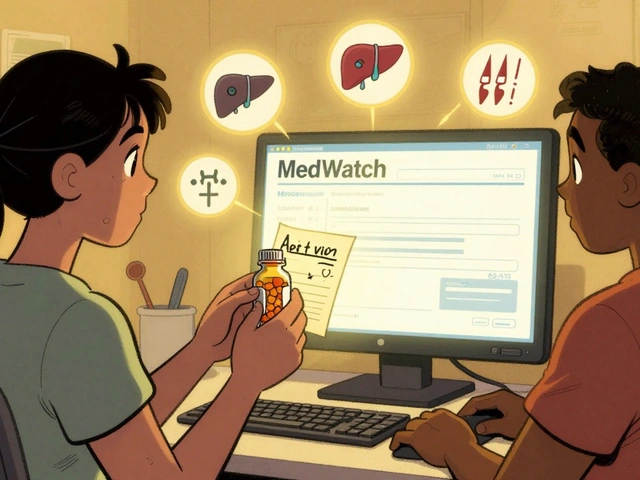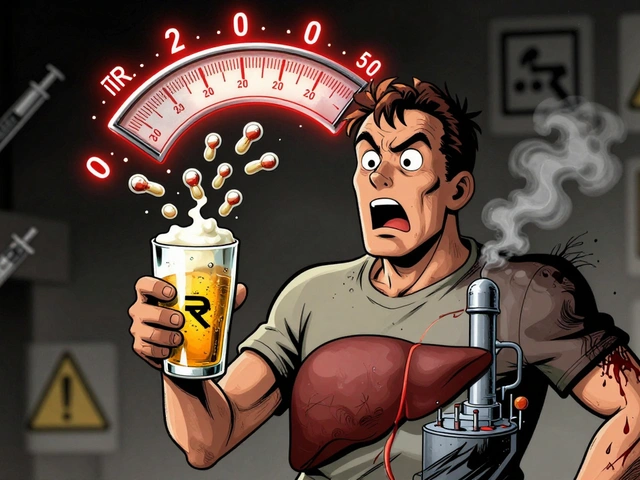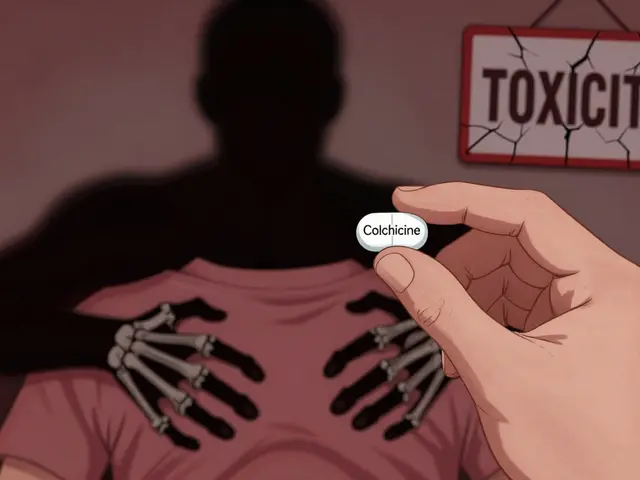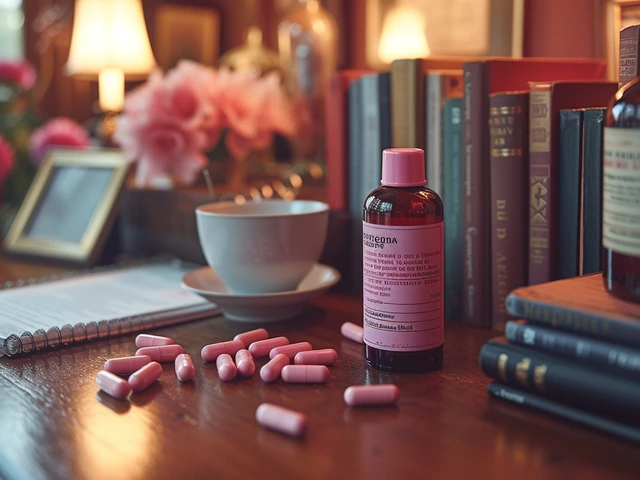Dosage and Safety: Your Quick Guide to Using Meds Right
Ever wondered why a pill says “take one tablet twice daily” instead of just “take it”? That wording is the first line of defense against misuse. Getting the dose right can mean the difference between relief and trouble. In this guide we’ll break down the basics—how to read labels, measure doses accurately, spot red‑flag side effects, and keep your meds stored safely.
Read the Label Like a Pro
The label isn’t just decoration; it’s packed with clues you need. Look for the strength (like 10 mg vs. 20 mg), how often to take it, and whether food matters. If you see “take with food,” that usually means the drug can irritate your stomach or needs fat to absorb properly. Missed a word? Call the pharmacy—don’t guess.
Don’t forget the “directions for use” box on over‑the‑counter items. It often tells you the exact measuring device (a dosing cup, spoon, or oral syringe). Using a kitchen spoon instead of the provided one can give you double the dose without realizing it.
Measure, Time, and Track
Measuring the right amount is easier than you think. For liquids, an oral syringe or dropper gives precise milliliters; a kitchen teaspoon can be off by 30 %. If your prescription says “0.5 ml,” use the syringe every time.
Timing matters too. Some meds need steady levels in your blood, so taking them at wildly different times can cause spikes or dips. Set an alarm on your phone or pair doses with daily habits—like brushing teeth—to stay consistent.
Keeping a simple log helps you spot patterns. Write down the drug name, dose, time taken, and any side effects you notice. After a week you’ll see if something feels off and can bring that info to your doctor.
If you’re on multiple drugs, watch for interactions. A common mistake is mixing a blood thinner with NSAIDs like ibuprofen; the combo raises bleeding risk. Your pharmacist can run a quick check—don’t assume it’s safe just because both are “over the counter.”
When you feel an unexpected symptom—dizziness, rash, stomach pain—stop taking the drug and call your healthcare provider right away. Early action prevents complications.
Storage is another silent safety factor. Keep pills in a cool, dry place away from sunlight; heat and humidity can degrade potency. Babies and pets are attracted to colorful caps, so store meds out of reach or in locked cabinets.
If you travel, pack meds in your carry‑on bag, not checked luggage. Temperature swings in the cargo hold can ruin some drugs, and you’ll avoid lost baggage headaches.
Finally, never share prescription meds. Even if a friend says they have a “similar” condition, the dosage that works for you might be dangerous for them.
By reading labels carefully, measuring accurately, timing doses consistently, tracking effects, and storing meds properly, you protect yourself from avoidable risks. It’s simple steps, but they add up to big health wins. Stay informed, stay safe, and keep your dosage on point.

